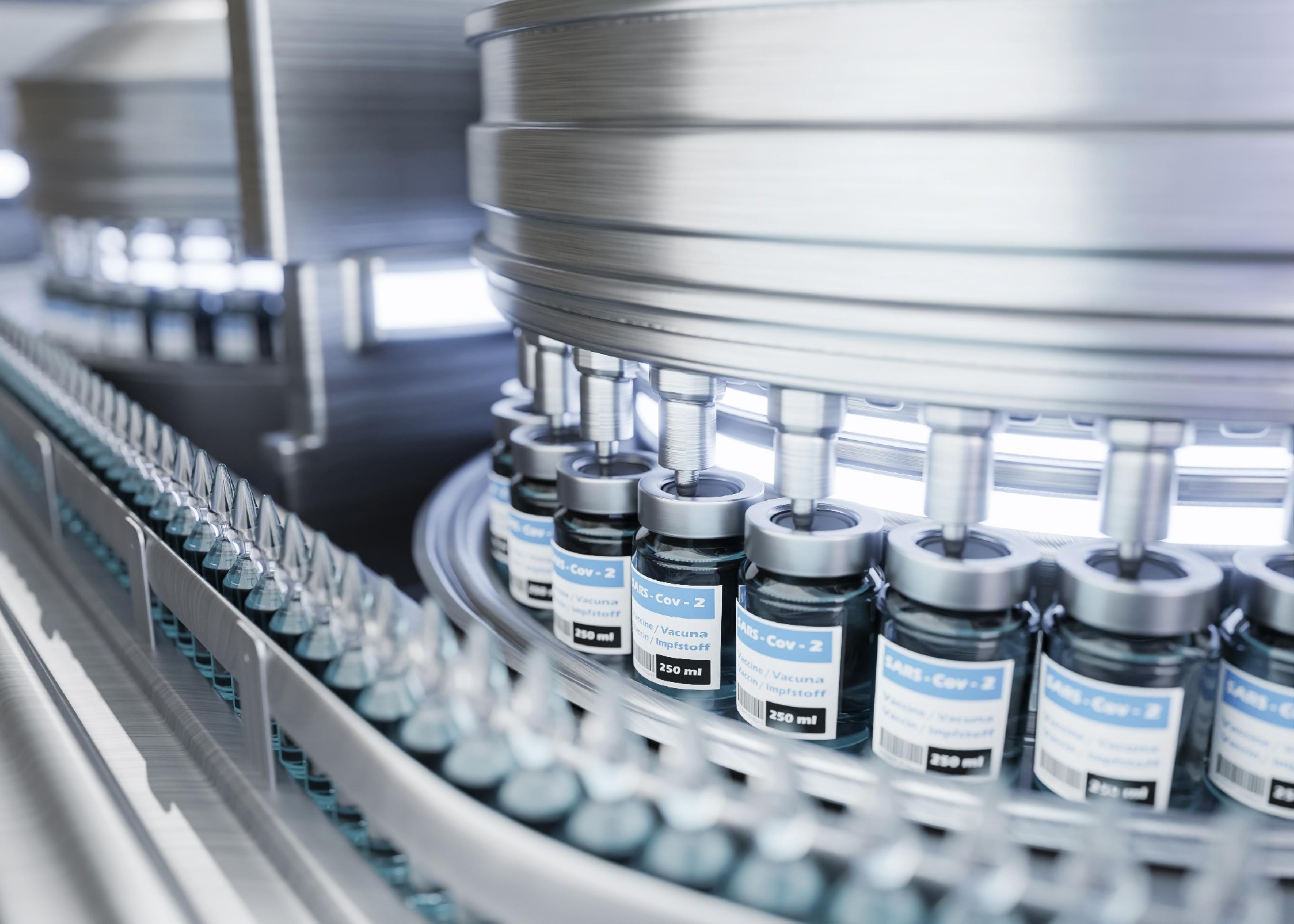
Why is liquid filling so important in the pharmaceutical industry? First and foremost, drug dosage is critical to any course of treatment. It has become the backbone of effective medication, avoiding underdose and overdose accidents. In addition, many drugs are formulated as liquids, including syrups, suspensions, and solutions, based on the properties of different drugs. Liquid filling accommodates the varying viscosities and volatility of these formulations.
But liquid filling is not so simple in the medical industry, please read below for more information.
Types of Pharmaceutical Liquids
Pharmaceutical liquids are a diverse category of formulations used in the medical and healthcare industry. They serve various purposes, including oral administration, topical application, injections, and more.
Oral Solutions
These are liquid medications intended for oral consumption. They are often used when precise dosing is required and are available in various flavors to improve patient acceptability.
Syrups
Syrups are sweetened oral solutions that can contain active ingredients, often used to mask the taste of bitter medications, especially in pediatric formulations.
Elixirs
Similar to syrups, elixirs are oral solutions that contain alcohol as a solvent. Alcohol can improve the solubility of certain drugs and act as a preservative.
Suspensions
These are liquid formulations in which solid particles are dispersed in a liquid medium. They need to be shaken before use to ensure even distribution of the particles. Suspensions are often used when the drug's solubility is limited.
Emulsions
Emulsions consist of two immiscible liquids, often oil and water, stabilized with an emulsifying agent. They are used for drugs that are not soluble in either oil or water alone.
Different Approaches to Liquid Filling
Volumetric Flling
Volumetric filling relies on measuring the volume of the material to be dispensed. It usually involves filling a chamber of known volume and then transferring that volume to the container. It owns the pros of simplicity, high speed, and suitable for consistent density.
However, in some cases, there may be errors in this method. For example, volumetric filling can be less accurate if the density of the material varies, leading to inaccuracies in weight-based dosing. Materials with varying particle sizes or properties may not consistently fill the same volume due to differences in settling and compaction.
Gravimetric Filling
Gravimetric filling involves measuring the weight of the material as it is dispensed. The container is weighed before and after filling, and the difference provides the weight of the dispensed material. This type filling method has the advantage of accuracy, flexibility, and precision.
Meanwhile, there would be cons such as complicated gravity filling system and slowdown of filling speed.
The choice between volumetric and gravimetric filling depends on the specific needs of your application and the trade-offs between accuracy, speed, and complexity. Including but not limited to product characteristics, production volume, complexity, etc.
Automated vs. Semi-Automated Filling for Pharmaceutical Liquids
Basically, liquid filling methods can be divided into automatic, semi-automatic and fully manual. For any kind of filling method, the purpose is to accurately fill the material into the containers.
SED-GX Automatic Liquid Filling and Capping Machine
This type of automatic liquid filling machine combines filling and capping system, which finishing the liquid packaging process in a quick one-stop way. The machine satisfies the requirements for various filling capacity, wide options of 4 to 16 filling heads, with applicable specifications from 10 to 1000ml for per container.
SED-BYG Semi Automatic Liquid Filler
Semi-automatic liquid filling is more suitable for producers or laboratories that require low dosage filling speed. Similarly, you can choose a different number of filling heads to meet your needs for filling speed. This type of fillers requires manual placement of containers, and liquids will automatically filling into containers when the machine detects them.
Innovations in Liquid Filling Technology
In recent years, there have been several noteworthy innovations in liquid filling technology aimed at improving accuracy, efficiency, sustainability, and versatility in various industries.
Digital Dispensing and Smart Filling
Digital dispensing systems use advanced sensors and actuators to precisely control liquid flow and monitor the filling process in real-time. Smart filling systems can adjust parameters on the fly, optimizing filling accuracy and reducing wastage.
Flexible and Quick Changeovers
Innovations in tool-less changeovers and adjustable components allow liquid filling machines to handle a wider range of container sizes and shapes. This flexibility reduces downtime during product changeovers.
Non-Contact Filling
Non-contact filling technologies, such as ultrasonic, laser, or jetting systems, are being used to fill liquids without physically contacting the container. This can be useful for fragile containers or products that need to be preserved in a sterile environment.
Clean-in-Place (CIP) and Sterilization-in-Place (SIP) Systems
Some liquid filling machines feature integrated CIP and SIP systems, streamlining the cleaning and sterilization processes and ensuring high levels of cleanliness and product safety.
Where to Buy the Pharmaceutical Liquid Filling Machine?
SED Counter is a leading manufacturer of liquid filling machines, who has been in this area for more than 12 years. No matter your material type, our liquid filling equipment can meet your requirements for accurate and efficient liquid packaging. If you are looking for a liquid filler machine, leave your inquiry to us or contact us directly!


 Wechat
Wechat




